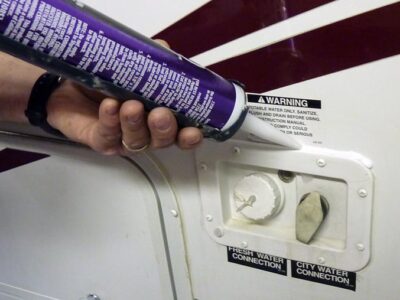
Minecraft, a game renowned for its expansive sandbox environment, offers endless possibilities for creation and exploration. One of the game’s most appealing aspects is its ability to be modified or “modded.” Mods can add new content, alter gameplay, or completely transform the game’s environment. If you’re interested in creating your own Minecraft mod, this detailed guide will walk you through the entire process of how to make a minecraft mod, from setting up your development environment to publishing your finished product.
Understanding Minecraft Mods
A Minecraft mod, short for modification, is custom software that alters or extends the gameplay. Mods can range from simple additions (like new items or mobs) to complex changes to the game’s core mechanics.
Setting Up Your Development Environment
Before you dive into how to make a minecraft mod creating a mod, you’ll need to set up a proper development environment on your computer. Here are the steps you should follow:
1. Install Java Development Kit (JDK)
Minecraft is written in Java, so you’ll need the Java Development Kit (JDK). You can download the JDK from Oracle’s website. Ensure that you install the correct version of the JDK for your operating system.
2. Install an Integrated Development Environment (IDE)
An Integrated Development Environment (IDE) will help you write, compile, and test your Java code. Popular IDEs for Minecraft modding include Eclipse and IntelliJ IDEA. Both are excellent choices, but IntelliJ tends to have better support for the modding tools you’ll be using.
3. Set Up Minecraft Forge
Minecraft Forge is a modding API (Application Programming Interface) that makes it easier to create mods without modifying the game’s core code. Download and install Minecraft Forge from their official website. Make sure to select the version that corresponds to the version of Minecraft you want to mod.
4. Create Your Mod Project
Open your IDE and create a new project. During the setup, specify the path to your Minecraft Forge installation. This will link your project with Forge, allowing you to build and test your mod within Minecraft.
Planning Your Mod
Before you dive into coding, it’s important to plan what your mod will entail. Consider the following:
- Purpose: What is the goal of your mod? Do you want to add new items, mobs, mechanics, or something else?
- Complexity: How complex will your mod be? Start small if you’re new to coding or Minecraft modding.
- Compatibility: Ensure your mod will be compatible with other mods and the version of Minecraft you’re targeting.
Developing Your Mod
With your environment set up and a plan in place, you can start coding your mod. Here are some basics to get you started:
1. Creating a New Item
To create a new item, you’ll need to define its properties in your code. Here’s a simple example of how to create a basic item:
2. Adding Textures and Models
So, how to make a minecraft mod? After creating the Items you need to give them textures and models. Place your texture files (PNG format) in the resources/assets/modid/textures/item directory. You’ll also need to create a model file (JSON format) in the resources/assets/modid/models/item directory that defines how the texture is displayed.
3. Registering Your Item
You must register your items to make them available in the game. This is typically done in your mod’s main class by subscribing to the appropriate event:
Testing and Debuging
After you’ve coded your mod, it’s time to test it:
- Compile and Run: Build your mod using your IDE, and run Minecraft through Forge. If everything is set up correctly, your mod should be loaded with the game.
- Debugging: If things don’t work as expected, use your IDE’s debugging tools to step through your code and find the problem.
Packaging and Distribution
Step 1: Build Your Mod
Once you’ve tested your mod and are satisfied with its performance, you need to build it. This is usually done through Gradle. Open your terminal or command prompt, navigate to your project directory, and run:
gradlew build
This command will generate a .jar file of your mod in the build/libs directory.
Step 2: Prepare Documentation
Prepare documentation for your mod. Include a README file with installation instructions, a list of features, and any other relevant information.
Step 3: Distribute Your Mod
You can distribute your mod through various platforms like CurseForge, Planet Minecraft, or your own website. Ensure that you follow the platform’s guidelines for mod submissions.
Best Practices for Minecraft Modding
- Keep It Simple: Start with small, simple mods and gradually increase complexity as you become more comfortable with modding.
- Stay Organized: Keep your code and resources well-organized. Use meaningful names for classes, methods, and files.
- Documentation: Comment your code and maintain documentation. This helps others (and yourself) understand your mod’s structure and functionality.
- Community Involvement: Engage with the Minecraft modding community. Participate in forums, seek feedback, and collaborate with other modders.
Conclusion
Creating a Minecraft mod is a rewarding experience that combines creativity and technical skills. By following this guide of how to make a minecraft mod, you can develop your own mods, enhancing the Minecraft experience for yourself and others. Remember to start small, stay organised de, and continuously learn from the modding community. With patience and practice, you’ll be creating impressive mods in no time. Happy modding!







